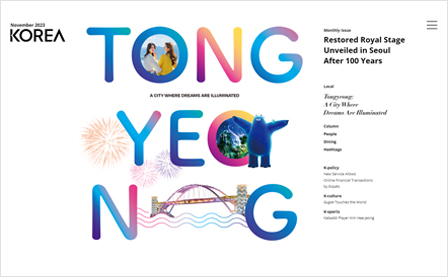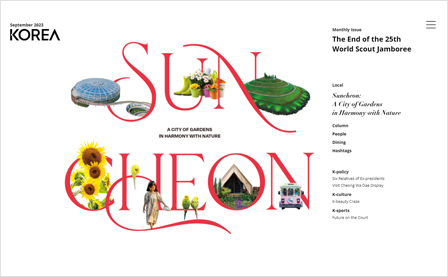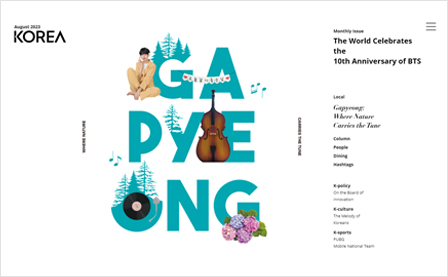December 2023

Local
Written by
Sung Ji Yeon
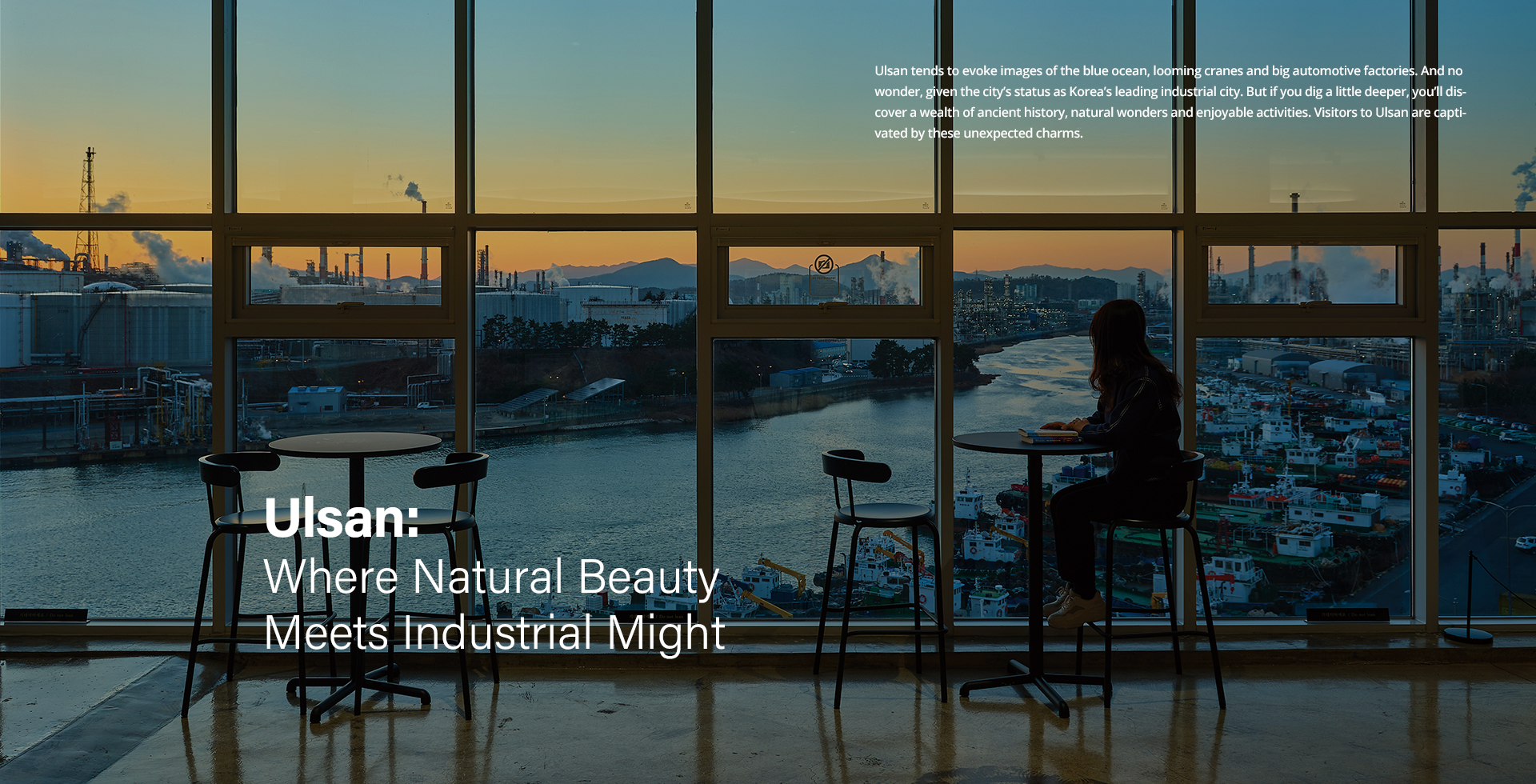

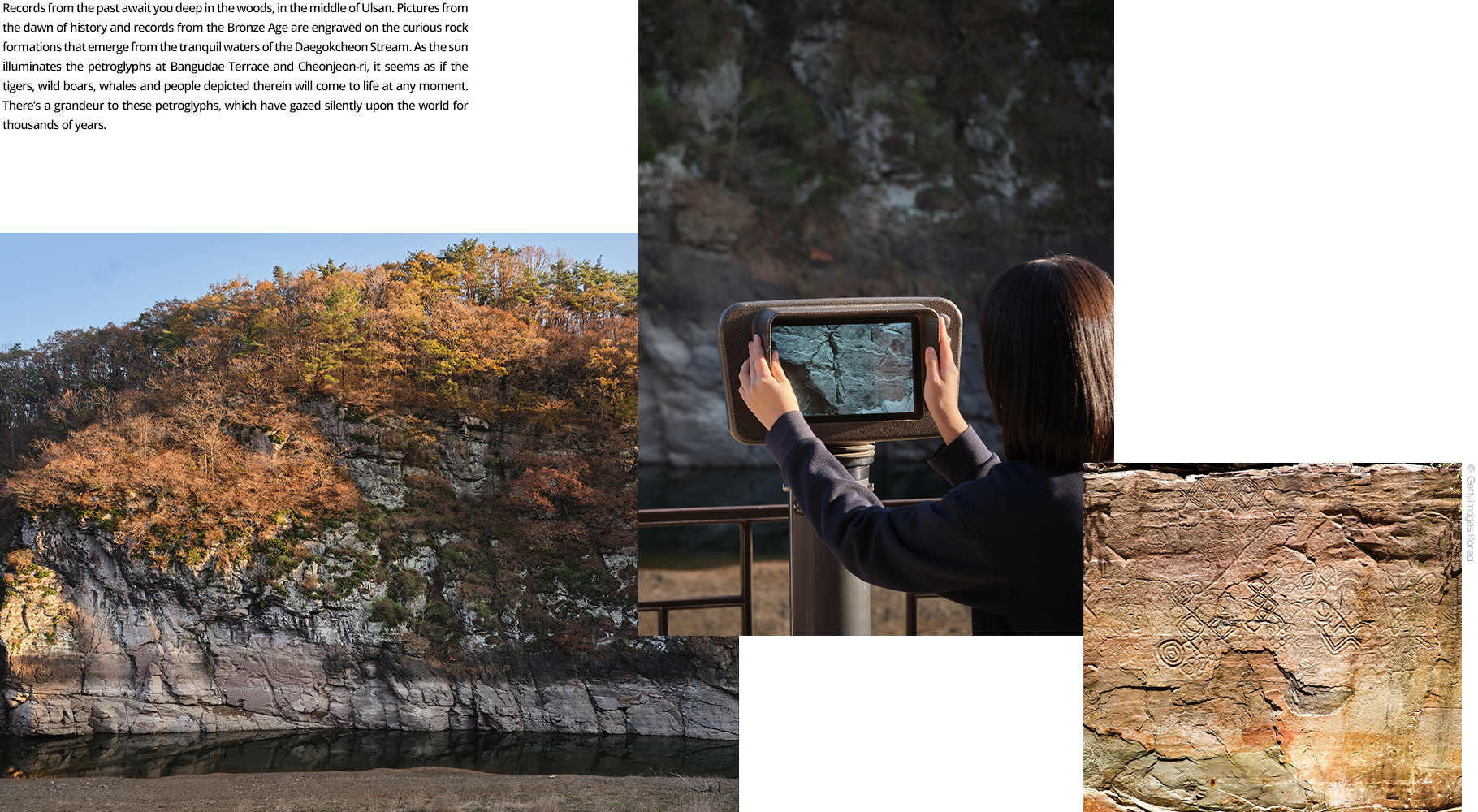
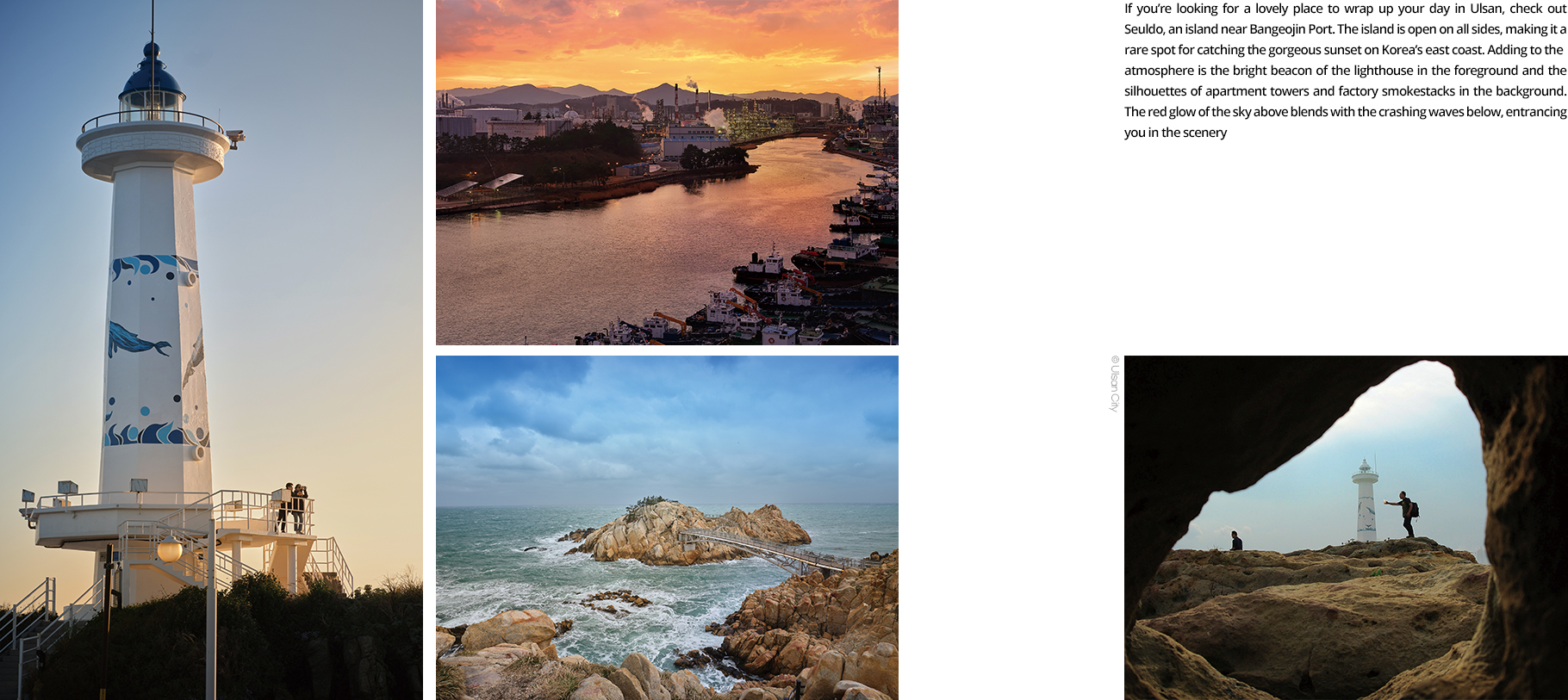

Local
Column
Ulsan,
Your Next Destination
Is there a city you’ve been longing to visit to wrap up the year? What reasons do you have for wanting to go there? Perhaps it’s because there’s something entertaining or meaningful about the city that will give your year a special touch. Ulsan is that kind of place. It’s bursting with ancient history, special experiences you won’t find anywhere else, and natural beauty that will move your heart. It’s a city with precious moments for all its visitors. Ulsan awaits!

Explore Millennia of History
There are places in Ulsan where thousands of years of history come to life. Look no further than the petroglyphs engraved 7,000 years ago on the huge bluffs facing the Daegokcheon Stream, at the headwaters of the Taehwagang River. There are some 300 rock carvings here depicting humans, whales and other sea creatures and tools used in hunting and fishing.
Some of the most remarkable petroglyphs are those connected with whales. The whales’ fins and the wrinkles on their belly are so exquisite that the species can be identified. There are also scenes of whale hunts rendered in striking detail. The petroglyphs show people standing aboard ships and hunting whales with nets and harpoons, rather like a comic strip. We can infer that Koreans have had a close relationship with whales since long ago.
About a ten-minute drive from the petroglyphs at Bangudae Terrace is Cheonjeon-ri, where another set of engravings can be found on a large stone. This leaning stone is engraved with sea and land animals from the Neolithic era and geometric patterns, including circles and lozenges, from the Bronze Age. There are also inscriptions from the Silla Dynasty. One inscription is from 525, the other is from 539. All were related by the younger brother of King Beopheung of Silla. The past is still present at the Dinosaur Tracksite in Cheonjeon-ri, where you can see footprints left by dinosaurs in the Cretaceous Period, around 100 million years ago. Staring at the rich layers of history in this tranquil forest, you feel a sense of awe, as if history itself were watching you.
Admire Picturesque Landscapes
Along with these historical sites and entertainment options, Ulsan also has plenty of natural beauty. Seuldo Island is a rocky island at the end of Bangeojin Port. What makes this island special is that you can see not only beautiful sunrises but also beautiful sunsets there.
Given its location on Korea’s eastern coast, Ulsan has plenty of spots for watching the sunrise, but fewer for watching the sunset. But since Seuldo has the ocean on all sides, visitors can witness breathtaking sunrises and sunsets.
Climb the lighthouse on Seuldo Island around sunset to feast your eyes on an unforgettable scene of beauty. From your perch, you can see the striking rock formations around the lighthouse, the wide lawns and flowering plants and the crashing waves in the sunset’s glow. Far in the distance, Ulsan’s factories and apartments stand tall against a ruddy sky, overlapped by the lighthouse and people walking toward it. It’s the kind of fantastic scene that would be worth stopping time to hold on to a little longer. As the sun goes down, the streetlights, the landscape lights along the walking paths and the beacon in the lighthouse turn on. Manmade lights and natural lights combine to make a scene of true mystery.
Remember the Whales
As can be inferred from the petroglyphs at Bangudae Terrace, the people of Ulsan have been hunting whales since long ago. The place where whaling was pursued most vigorously in modern times was the village of Jangsaengpo. Jangsaengpo was a harbor that formed on the steep slopes on the inner side of Ulsan Bay. The deep waters here were well-suited for larger ships to load and unload whales and facilities to dismember whales and process their meat were soon established at Jangsaengpo. The local economy took a temporary hit when the International Whaling Commission announced a moratorium on commercial whale hunting in 1985. But even today, visitors here can see the close connections between Ulsan and whales. The area has been designated the Jangsaengpo Whale Culture Zone to preserve the stories of this place.
This larger culture zone includes the Jangsaengpo Whale Culture Village, where visitors can have a range of cultural experiences that are related to whales and the past of Jangsaengpo. There is a recreation of the village here, which shows what Jangsaengpo once looked like. Upon entering the restored village, visitors are greeted by faded signs, alleyways that conjure up images of bygone days and items from the era that are no longer seen today. For an extra special time in the restored village, you can rent a period school uniform for a photo shoot that will have you feeling like a character from a historical drama. For a deeper understanding of the port of Ulsan, head toward the shore for a tour of the ROKS Ulsan. As Korea’s first frigate, this ship once protected Korea’s territorial waters. The ship’s pilothouse and combat information center, where sailors once vigilantly protected the peace, have been well-preserved.
If you’ve enjoyed traveling back into the past, it’s time to meet the whales. Head to the highest point of the Jangsaengpo Whale Culture Village to find the Whale Sculpture Park, which is replete with various replicas of whales. These life-size representations seem to rise up from the ground and swim through the blue sky (instead of the ocean). More information about whales is available at the Whale Life Experience Museum and the Jangsaengpo Whale Museum. That’s not all our whale-related tourist options, of course. There’s also a place that puts a more imaginative spin on the denizens of the deep. I’m talking about Whales Fantasium, which displays various kinds of media art related to whales. Don’t miss the fantastic video of whales flying across a massive panorama of the entire city of Ulsan.

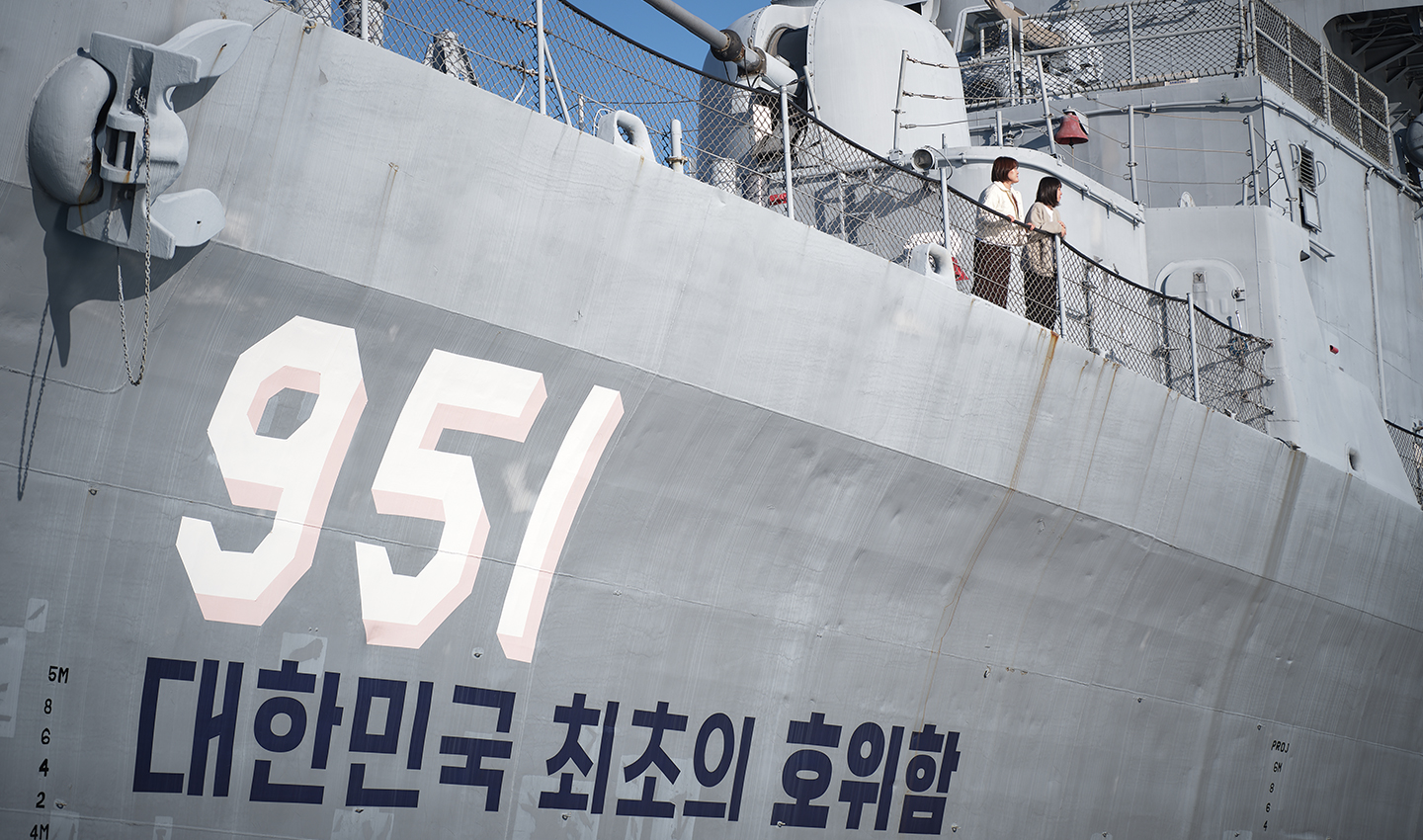
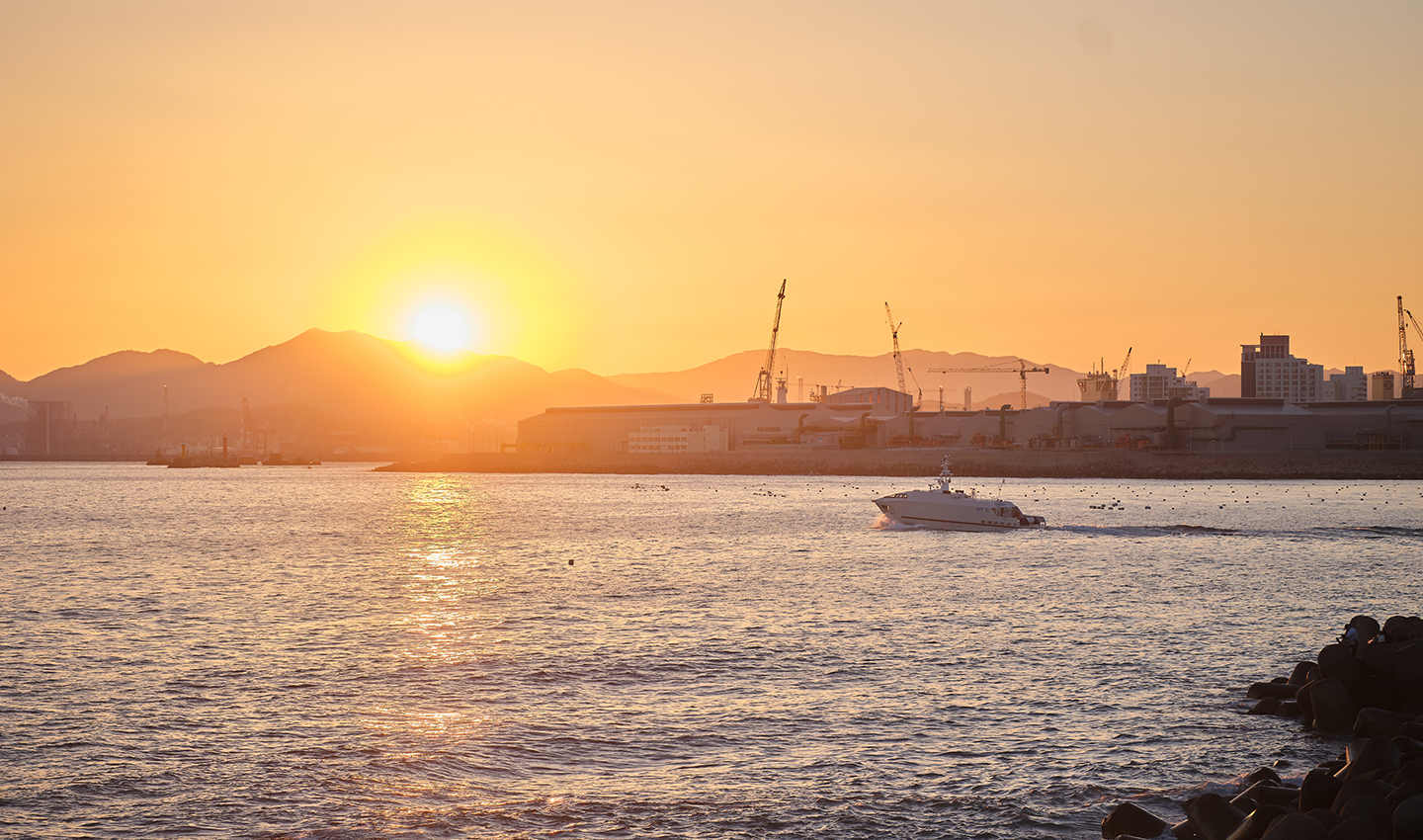

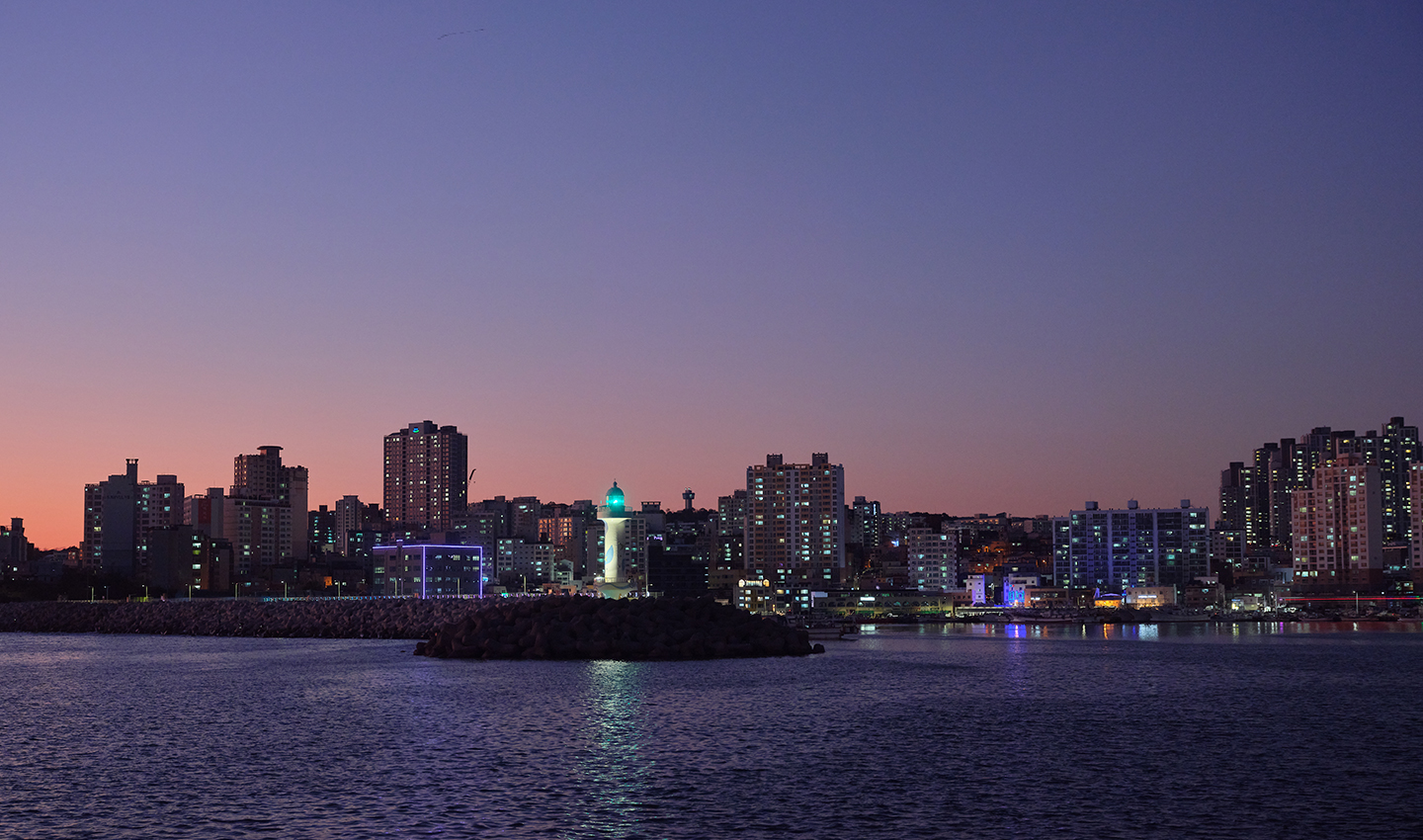
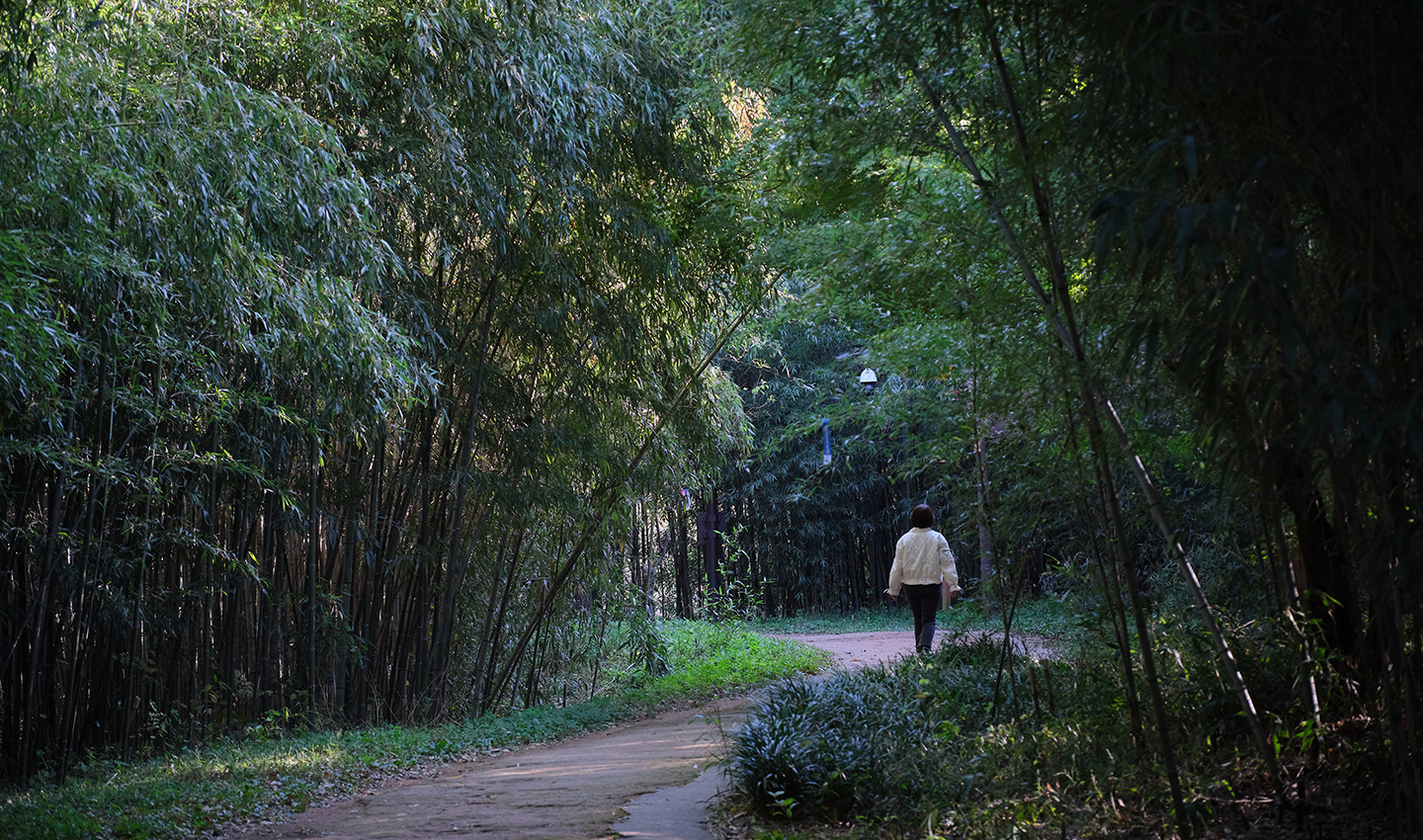
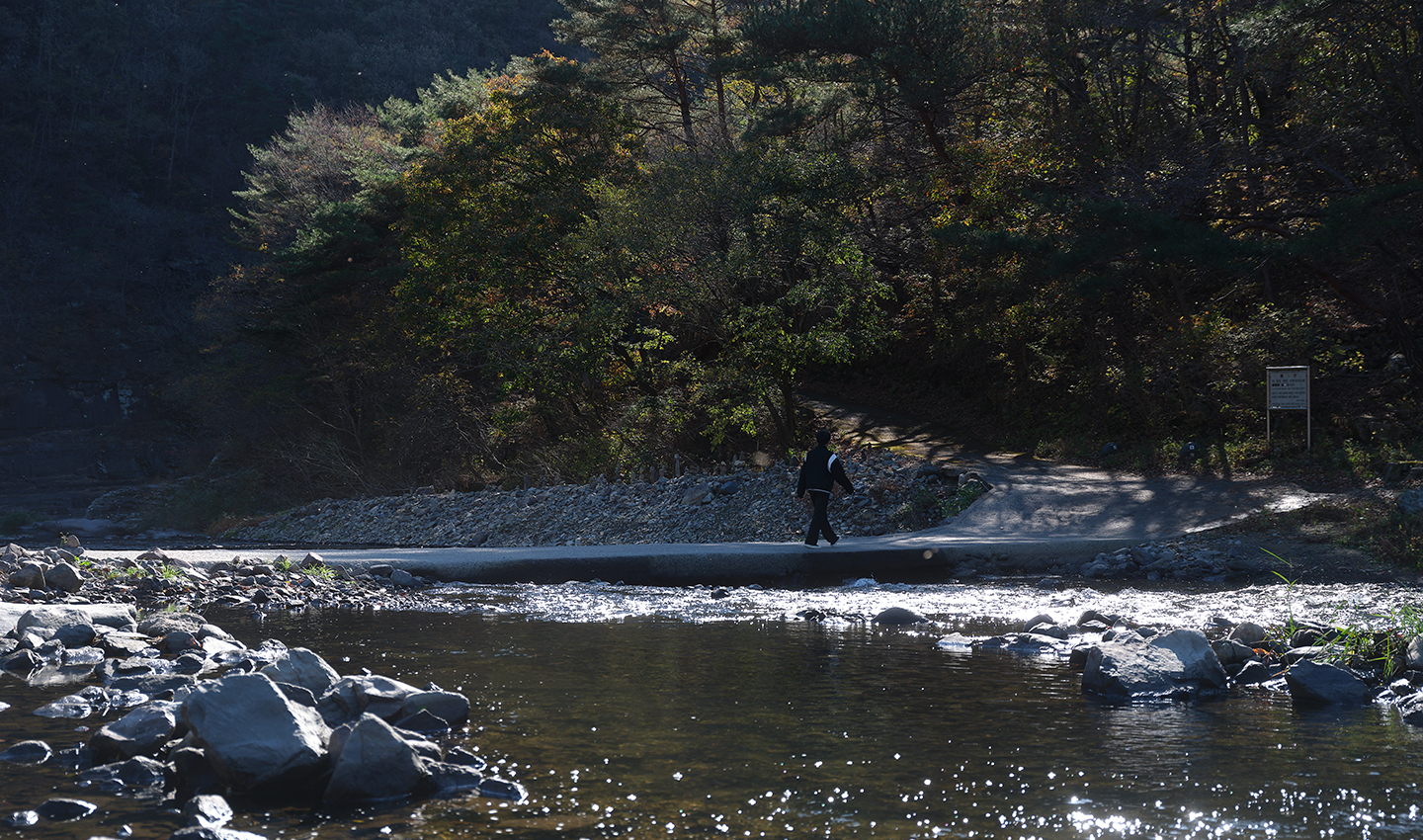

 View of all
View of all